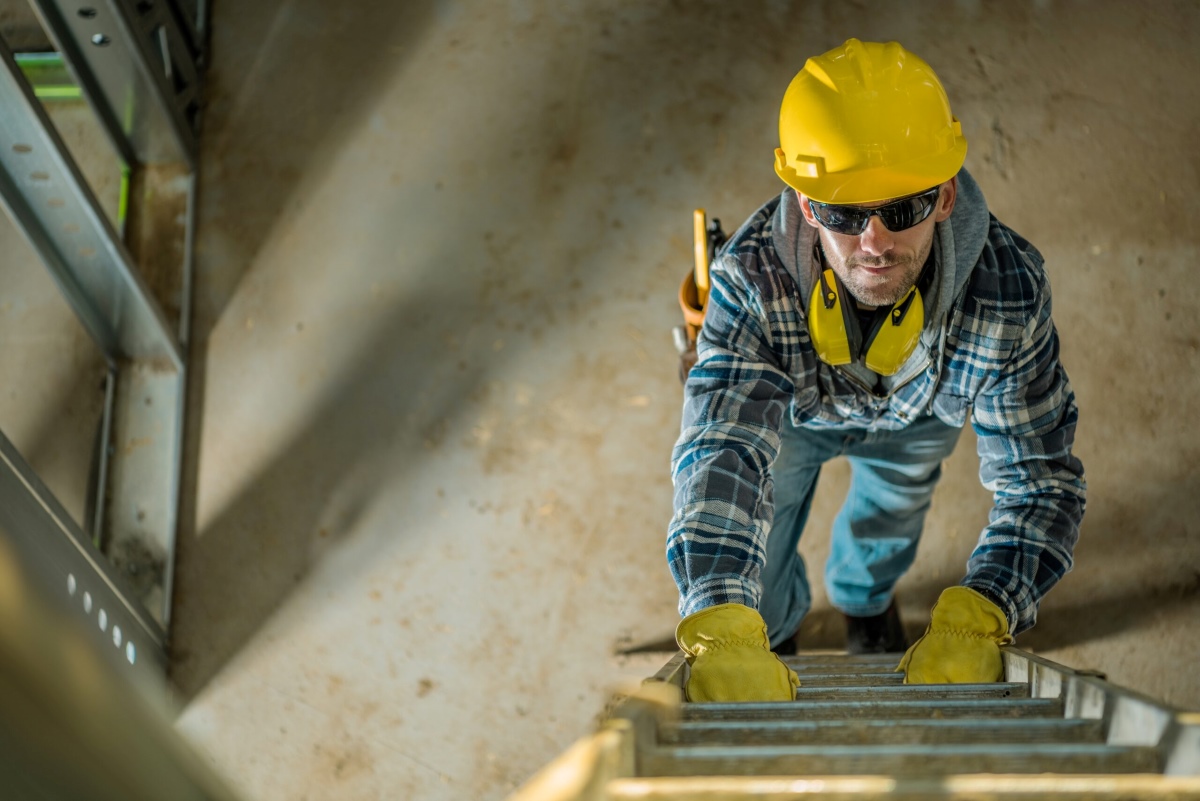

Articles
How To Climb A Ladder
Modified: January 8, 2024
Learn the best techniques and tips for climbing a ladder safely and efficiently with our informative articles. Expert advice and step-by-step guides to help you reach new heights.
(Many of the links in this article redirect to a specific reviewed product. Your purchase of these products through affiliate links helps to generate commission for Storables.com, at no extra cost. Learn more)
Introduction
When it comes to climbing a ladder, safety should always be your top priority. Whether you’re a DIY enthusiast or a professional tradesperson, knowing how to properly climb and navigate a ladder can help prevent accidents and potential injuries. In this article, we will guide you through the essential steps to ensure a safe and successful climb.
Climbing a ladder may seem like a basic task, but it’s important to remember that accidents can happen if proper precautions are not taken. Taking the time to understand ladder safety and following these steps will help minimize risks and provide you with the confidence to tackle any heights that come your way.
Before we dive into the specifics of ladder climbing, it’s important to note that different types of ladders may have their own unique safety considerations. For the purposes of this article, we will cover general ladder safety tips that apply to most types of ladders. However, always refer to the manufacturer’s instructions and warnings for any ladder you are using.
Now, let’s get started with the first step to a safe ladder climb – ensuring ladder stability.
Key Takeaways:
- Prioritize safety by ensuring ladder stability, selecting proper climbing gear, and maintaining three points of contact. Climbing slowly and steadily, keeping a firm grip, and using caution when reaching or carrying items are crucial for a safe ladder ascent and descent.
- Safety is paramount when climbing a ladder. Always assess your surroundings, face the ladder while descending, and take your time to ensure stability. By following these steps, you can minimize the risk of accidents and injuries while working at heights.
Read more: How To Climb Rope Ladder
Step 1: Ensure Ladder Stability
Before you begin climbing a ladder, it’s crucial to ensure that the ladder is stable and secure. Here are some important steps to follow:
- Choose a level and solid surface: Place the ladder on a flat and even surface. Avoid soft or uneven ground that may cause the ladder to sink or wobble. If the ground is unstable, use leg levelers or a stable base to make it level.
- Inspect the ladder: Before climbing, give the ladder a quick inspection. Check for any damaged or missing parts, such as worn-out rungs, loose screws, or cracked components. If you notice any issues, refrain from using the ladder and have it repaired or replaced.
- Lock ladder braces: If your ladder has extension legs or outriggers, make sure they are properly locked and secure. This will provide additional stability and help prevent the ladder from shifting or tipping over while climbing.
- Secure ladder top and base: If possible, secure the top of the ladder to a stable support point, such as a wall or a sturdy structure. Similarly, if you are using a ladder on a smooth surface, use non-slip pads or a ladder stabilizer to keep the base from sliding.
By following these steps, you can significantly reduce the risk of ladder accidents caused by instability. Remember, never climb a ladder that feels wobbly or unstable, as it can be extremely dangerous.
Now that you have ensured the ladder’s stability, it’s time to move on to the next step: selecting proper climbing gear.
Step 2: Select Proper Climbing Gear
Choosing the right climbing gear is essential for your safety when using a ladder. Here are some guidelines to follow:
- Select the appropriate ladder: Different tasks require different types of ladders. Consider the height and the nature of the job you need to accomplish. Step ladders are ideal for lower heights, while extension ladders are suitable for reaching higher areas. Ensure that the ladder you choose can safely support your weight and reach the desired height.
- Wear appropriate footwear: When climbing a ladder, it’s crucial to wear sturdy, non-slip footwear. Avoid wearing open-toe shoes, sandals, or high heels, as they can increase the risk of slipping or losing balance. Opt for shoes with good traction to ensure a firm grip on the ladder rungs.
- Dress appropriately: Avoid wearing loose clothing or accessories that can get caught on the ladder. Loose sleeves, dangling jewelry, or long scarves can present hazards while climbing. It’s recommended to wear clothing that allows for easy movement and doesn’t pose any obstruction.
- Consider personal safety equipment: Depending on the nature of the task, you may need to wear additional safety equipment such as a hard hat, safety goggles, or protective gloves. Assess the risks involved and ensure you have the necessary safety gear on hand.
By selecting the right climbing gear, you can enhance your stability and minimize the risk of accidents while on the ladder. Now that you have the proper gear, let’s move on to the next step: maintaining three points of contact.
Step 3: Maintain Three Points of Contact
When climbing a ladder, it’s crucial to maintain three points of contact at all times. This means that either two hands and one foot or two feet and one hand should be in contact with the ladder. Here’s why this is important and how to do it:
1. Stability: By maintaining three points of contact, you distribute your weight evenly and increase your stability on the ladder. This reduces the risk of losing balance and falling. Avoid reaching too far or overextending, as it can disrupt your balance and compromise your safety.
2. Secure grip: Keeping a firm grip on the ladder rungs or side rails is vitally important. Make sure your hands are free from moisture or any substances that may cause slipping. Use the full grip of your hand, including your fingers and palm, to maintain a secure hold on the ladder.
3. Proper foot placement: Pay attention to where you place your feet on the ladder rungs. Ensure that the entire sole of your foot is making contact and that your weight is evenly distributed. Avoid stepping on the ladder rungs with only the tips of your toes or the edge of your feet. This can lead to instability and increase the risk of slipping.
Remember to always readjust your three points of contact as you climb or descend the ladder. Never lean too far to one side or overreach, as it can throw you off balance. Maintaining three points of contact should be a continuous practice throughout your ladder ascent or descent.
Now that you know how to maintain three points of contact, it’s time to move on to the next step: ascending the ladder slowly and steadily.
Step 4: Ascend the Ladder Slowly and Steadily
Ascending the ladder slowly and steadily is crucial for maintaining balance and ensuring your safety. Rushing or climbing too quickly can lead to accidents and falls. Follow these guidelines for a safe ascent:
- Position the ladder correctly: Stand facing the ladder and place your hands on the ladder rungs or side rails. Take a moment to ensure that the ladder is stable and secure before starting your climb.
- Step up one rung at a time: Begin by stepping up onto the first rung or step, making sure to maintain three points of contact as discussed in the previous step. Then, slowly and deliberately climb up the ladder, moving one rung at a time.
- Watch your step: Pay attention to each step you take while climbing. Ensure that your foot is securely placed on the ladder rung and that you have a firm grip with your hands. Take your time to adjust your balance before moving on to the next rung.
- Keep your body centered: As you ascend the ladder, keep your body centered between the side rails. Avoid leaning too far to one side, as it can destabilize the ladder and compromise your balance. Use your core muscles to maintain a straight and stable posture.
- Take breaks if needed: If you feel fatigued or need to reassess your position, it’s okay to take breaks during your climb. Make sure to find a safe and stable spot on the ladder to rest before resuming your ascent.
Remember, the key is to climb slowly and steadily, maintaining three points of contact, and focusing on each step. Take your time and avoid any sudden movements or jerky motions. Now that you are ascending the ladder safely, let’s move on to the importance of keeping a firm grip.
When climbing a ladder, always maintain three points of contact with the ladder at all times – two hands and one foot, or two feet and one hand. This will help ensure stability and reduce the risk of falling.
Read more: How To Safely Climb A Ladder
Step 5: Keep a Firm Grip on the Ladder
Having a firm grip on the ladder is essential to ensure stability and prevent slips or falls. Here are some key points to remember:
- Hand placement: As you climb, make sure to maintain a firm grip on the ladder rungs or side rails with your hands. Position your hands near chest level, keeping them shoulder-width apart for optimal stability. Avoid gripping the ladder too tightly, as it can cause muscle fatigue.
- Full grip: Use your entire hand, including your fingers and palm, to hold onto the ladder. Avoid grasping the ladder with just your fingertips, as this can compromise your grip and increase the risk of slipping.
- Dry hands: Ensure that your hands are dry and free from any substances that may cause slippery surfaces. If your hands become sweaty during climbing, take a moment to wipe them with a towel or use chalk to improve your grip.
- Avoid carrying objects: It’s best to keep your hands free while climbing the ladder. Avoid carrying heavy or bulky items in your hands, as it can throw off your balance and make it difficult to maintain a secure grip.
- Use ladder accessories: If necessary, consider using ladder accessories such as ladder stabilizers or ladder mitts to enhance your grip and stability. These accessories can provide additional support and reduce the risk of hand fatigue.
By keeping a firm grip on the ladder, you ensure that you have control and stability while climbing. This allows you to focus on the task at hand and maintain your balance. Now that you know the importance of a firm grip, let’s move on to Step 6: using caution when reaching or carrying items.
Step 6: Use Caution When Reaching or Carrying Items
When working on a ladder, it’s important to exercise caution when reaching for objects or carrying items. Mishandling objects can lead to loss of balance or accidents. Follow these guidelines to ensure your safety:
- Plan ahead: Assess the task before you start climbing the ladder. Determine if you will need any tools or materials while working at heights. Plan accordingly to have all necessary items within reach before you begin the climb.
- Avoid overreaching: When reaching for objects, never lean or overextend your body. Overreaching can cause you to lose balance or tip the ladder. Instead, reposition the ladder closer to the area you need to access or use a tool with a longer reach.
- Use a tool belt or bucket: If you need to carry tools or materials, consider using a tool belt or bucket attached to your waist. This keeps your hands free and helps maintain your balance while climbing.
- Securely attach items: If you must carry objects up the ladder, make sure they are securely fastened or placed in a stable container. Avoid carrying heavy or bulky items that can affect your balance.
- Use a rope or pulley system: If you need to transport larger or heavier items to higher levels, consider using a rope or pulley system. This allows you to safely lift and transport items without compromising your balance on the ladder.
Remember, safety should always take precedence over convenience. It’s important to take your time and exercise caution when reaching or carrying items on a ladder. Now that you are aware of the precautions to take, let’s move on to Step 7: descending the ladder safely.
Step 7: Descend the Ladder Safely
Descending the ladder safely is just as important as ascending it. Rushing or making sudden movements while coming down can increase the risk of accidents and falls. Follow these steps for a safe ladder descent:
- Assess your surroundings: Before starting your descent, make sure your path is clear of any obstacles or hazards. Look for any potential tripping hazards or slippery surfaces that may affect your balance.
- Face the ladder: As you descend, always face the ladder and maintain a secure grip on the rungs or side rails. This helps maintain your balance and provides stability throughout the process.
- Step down one rung at a time: Slowly and carefully step down one rung at a time, maintaining three points of contact as you descend. Ensure that each foot is securely placed on the ladder rung and your grip remains firm.
- Watch your footing: Pay close attention to where you place your feet as you come down. Take your time and ensure that each step is solid before moving to the next rung. Avoid skipping rungs or jumping down as it can cause loss of balance.
- Use caution with hands: As you descend, continue to maintain a firm grip on the ladder with your hands. Be mindful of the position of your hands and fingers to prevent them from getting caught or pinched between the rungs.
- Stay centered: Keep your body centered between the side rails as you descend for optimal balance. Avoid leaning too far to one side or overextending your body, as it can compromise your stability on the ladder.
- Reach the ground safely: Once you have reached the bottom of the ladder, ensure that your feet are securely planted on the ground before releasing your grip. Take a moment to regain your stability before moving away from the ladder.
Descending the ladder safely requires patience, attention to detail, and a conscious effort to maintain stability. By following these steps, you can mitigate the risk of accidents while coming down. Remember, ladder safety should always be a priority, both when ascending and descending.
Congratulations! You have successfully learned the essential steps to climb a ladder safely. By ensuring ladder stability, selecting proper climbing gear, maintaining three points of contact, ascending and descending slowly and steadily, keeping a firm grip, and using caution when reaching or carrying items, you can minimize the risk of accidents and enhance your safety while working at heights. Remember to always prioritize safety and follow manufacturer guidelines when using any ladder.
Stay safe and happy climbing!
Conclusion
Climbing a ladder can be a routine task for many, but it’s essential to prioritize safety to prevent accidents and injuries. By following the steps outlined in this article, you can ensure a safe and successful ladder climb.
Start by ensuring ladder stability, selecting the right climbing gear, and maintaining three points of contact at all times. Climb the ladder slowly and steadily, keeping a firm grip and exercising caution when reaching or carrying items. Finally, descend the ladder safely, paying attention to your surroundings and maintaining stability.
Remember, ladder safety is a crucial aspect of any task that involves working at heights. Before using a ladder, always inspect it for any damage or defects, and make sure it’s placed on a stable surface. Additionally, consider using ladder accessories such as stabilizers or mitts for added stability and support.
Accidents on ladders can result in serious injuries, so it’s important to take the necessary precautions. By following the guidelines provided in this article, you can minimize risks and ensure a safe climbing experience.
Always prioritize your safety and never rush through any ladder-related task. Take your time, be aware of your surroundings, and use common sense when working at heights. If you’re unsure about the safety of a ladder or the task at hand, seek professional assistance or guidance.
Remember, ladder safety is not only important for professionals but also for DIY enthusiasts and homeowners. By following proper ladder safety practices, you can protect yourself and those around you from unnecessary accidents.
Stay safe, stay cautious, and happy climbing!
Frequently Asked Questions about How To Climb A Ladder
Was this page helpful?
At Storables.com, we guarantee accurate and reliable information. Our content, validated by Expert Board Contributors, is crafted following stringent Editorial Policies. We're committed to providing you with well-researched, expert-backed insights for all your informational needs.
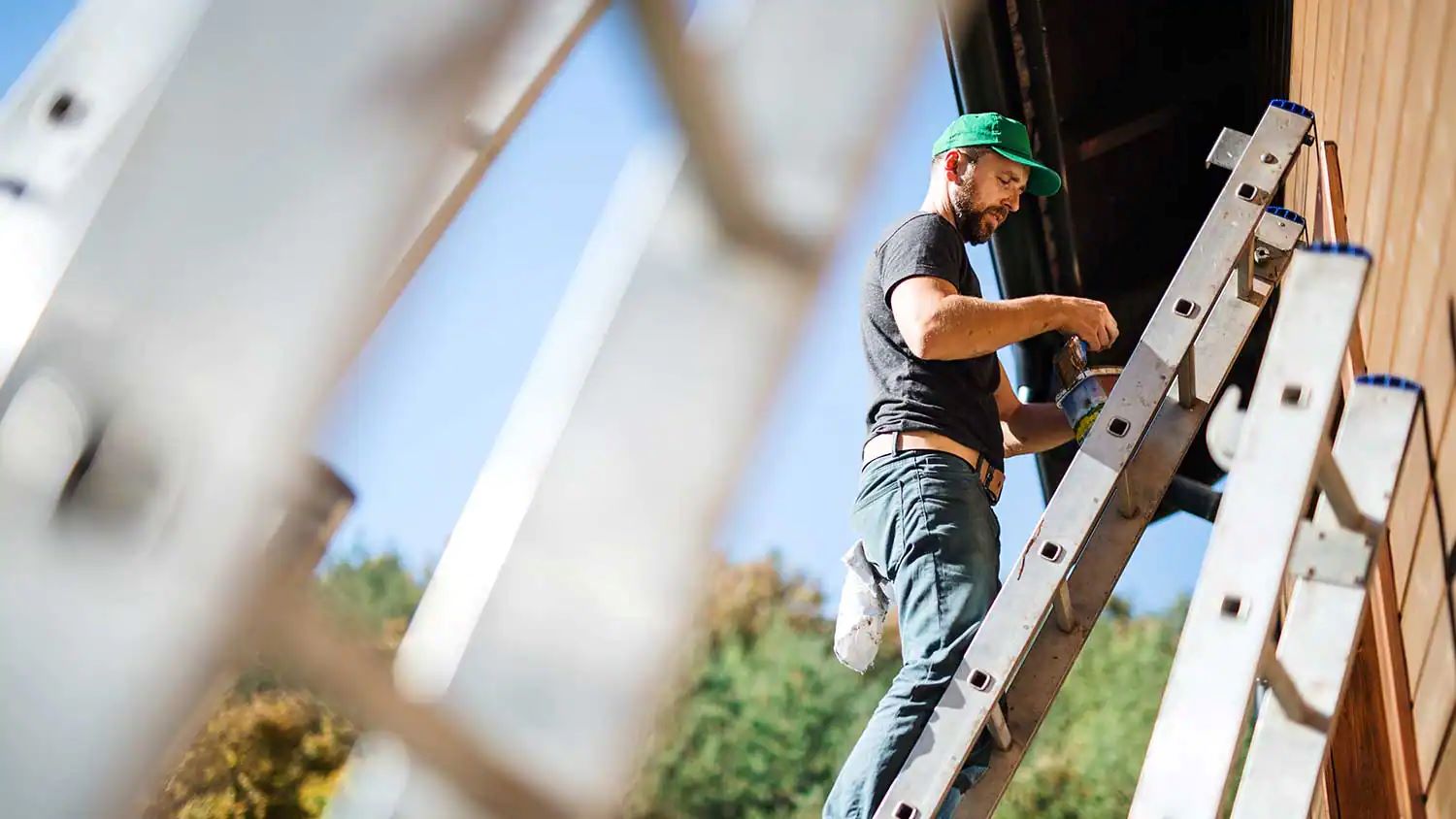

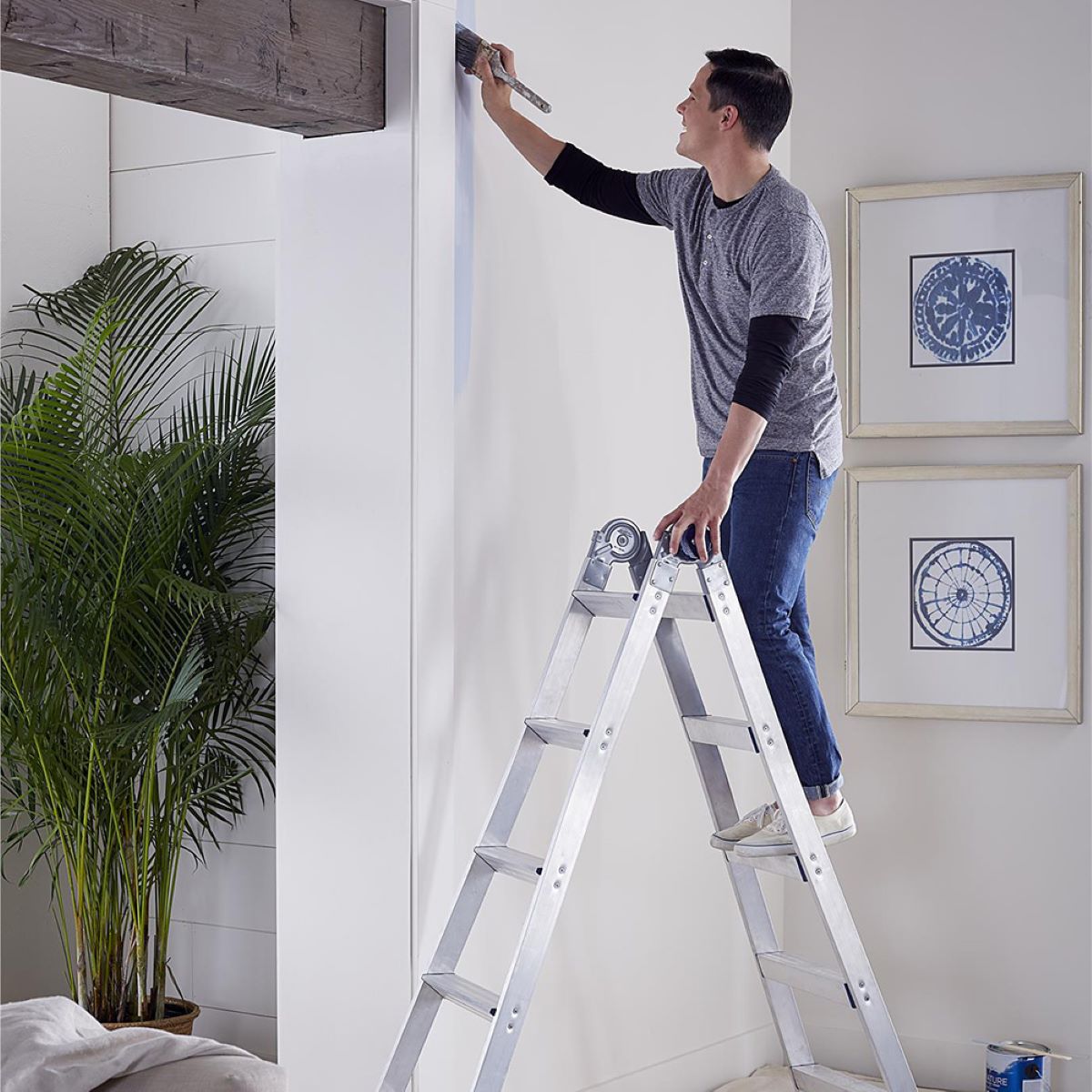
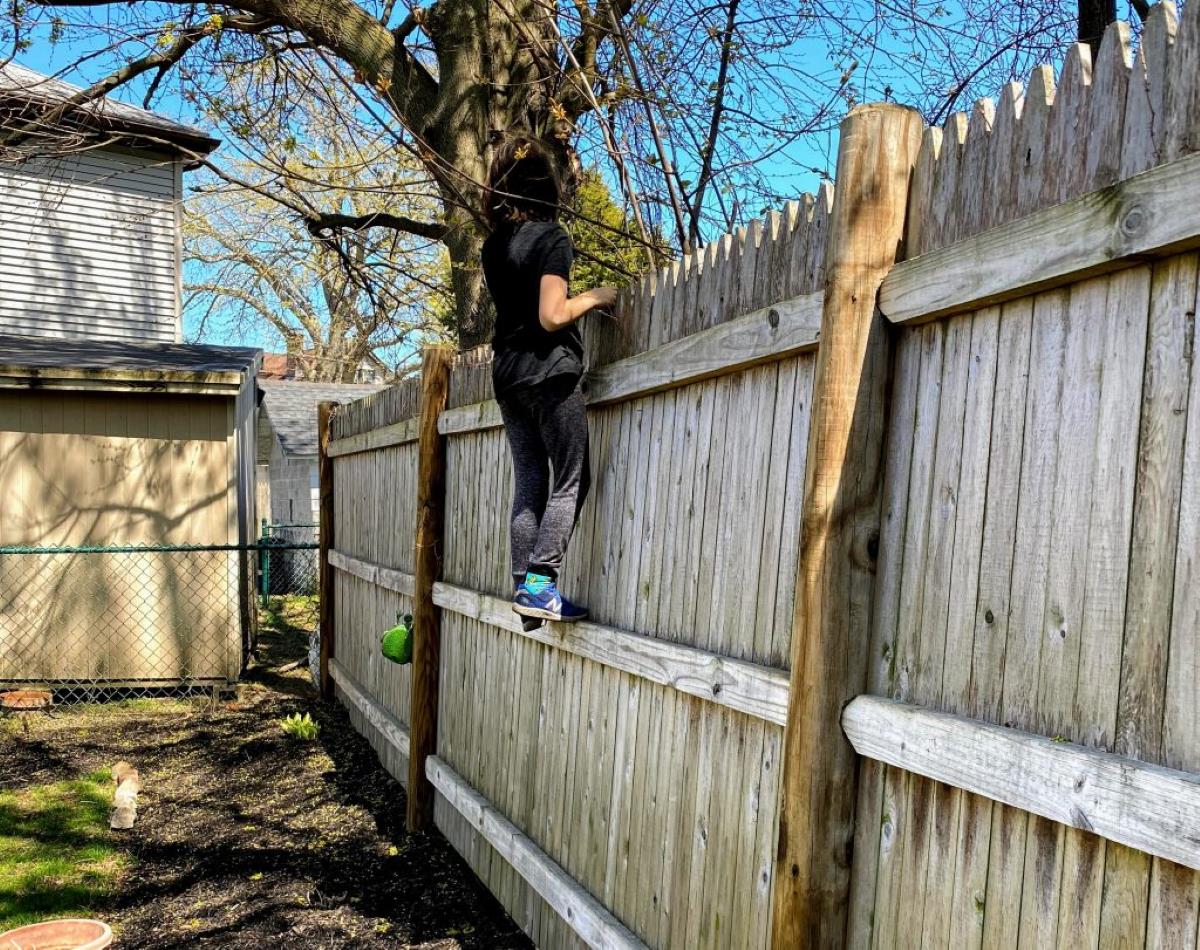
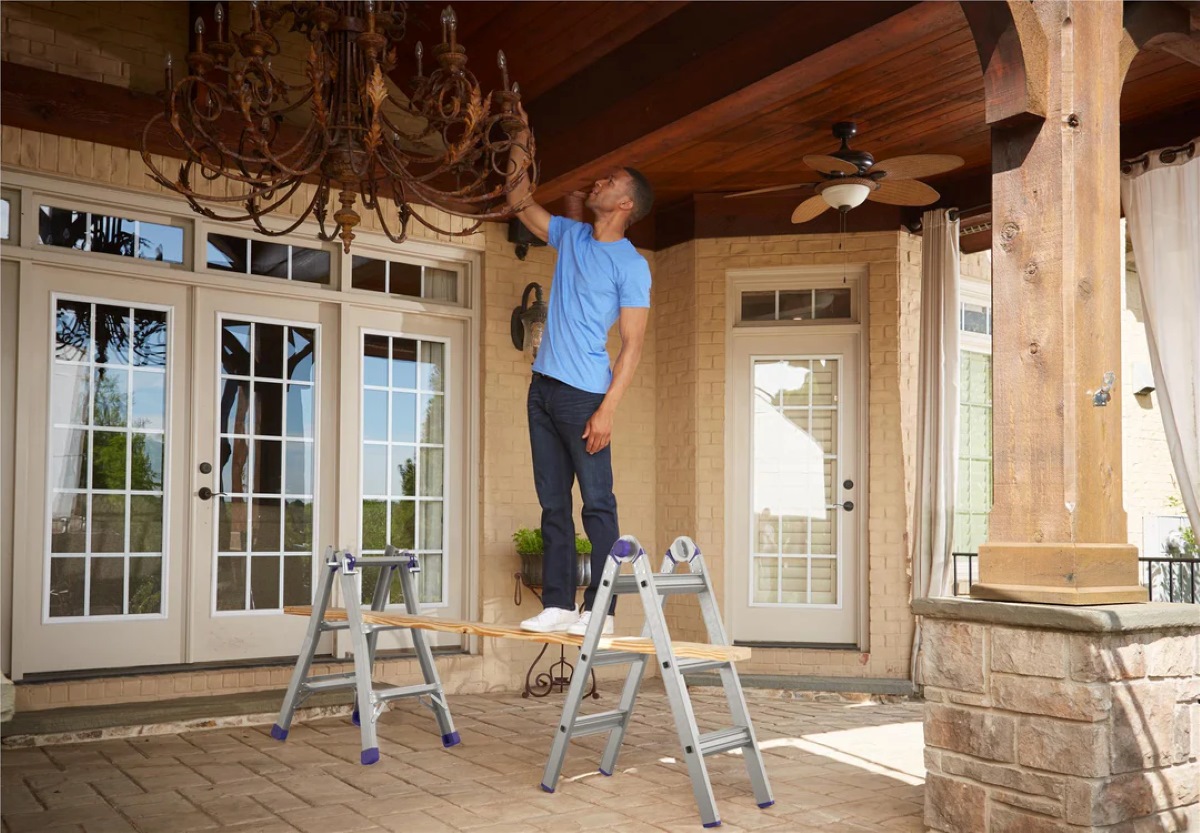

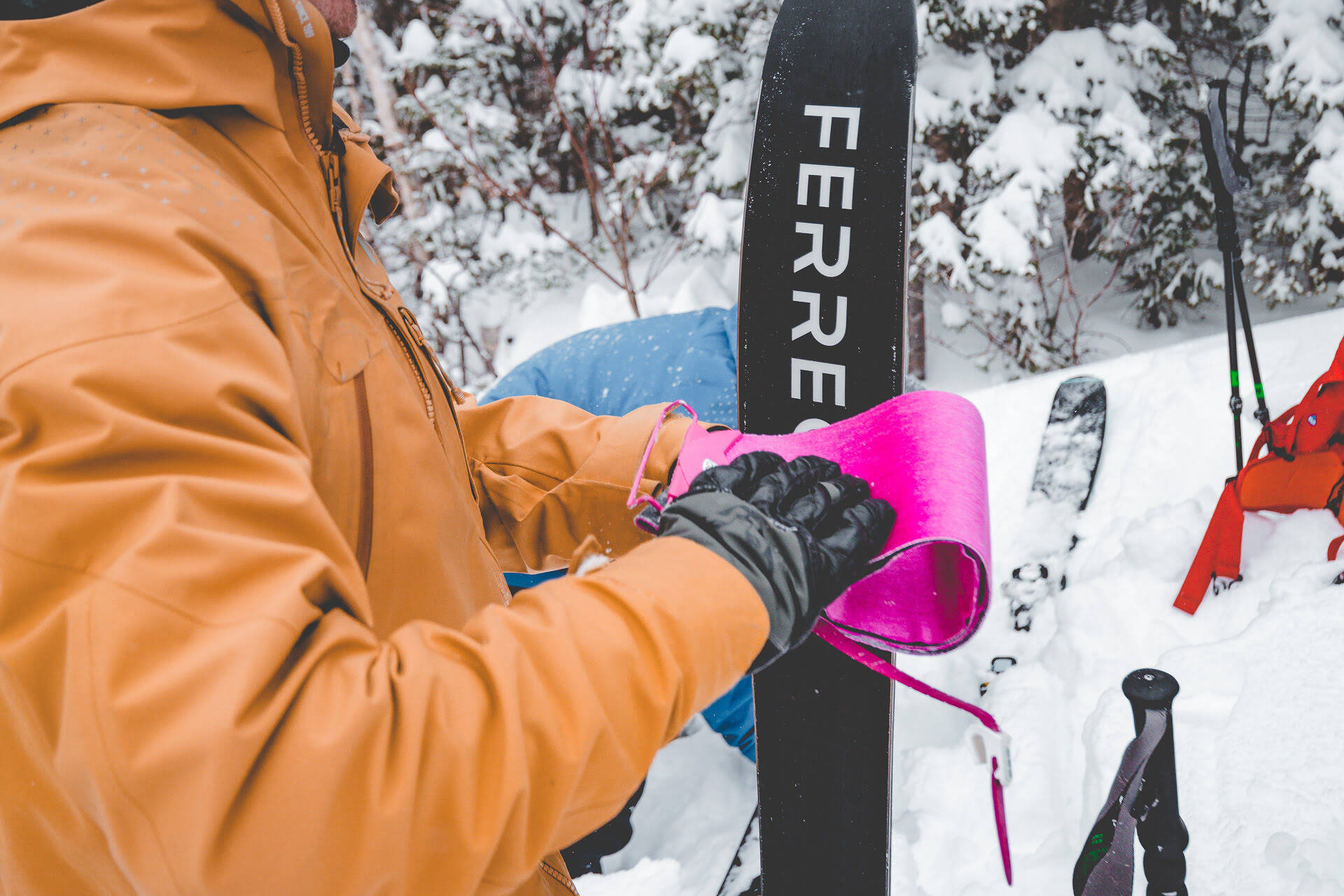
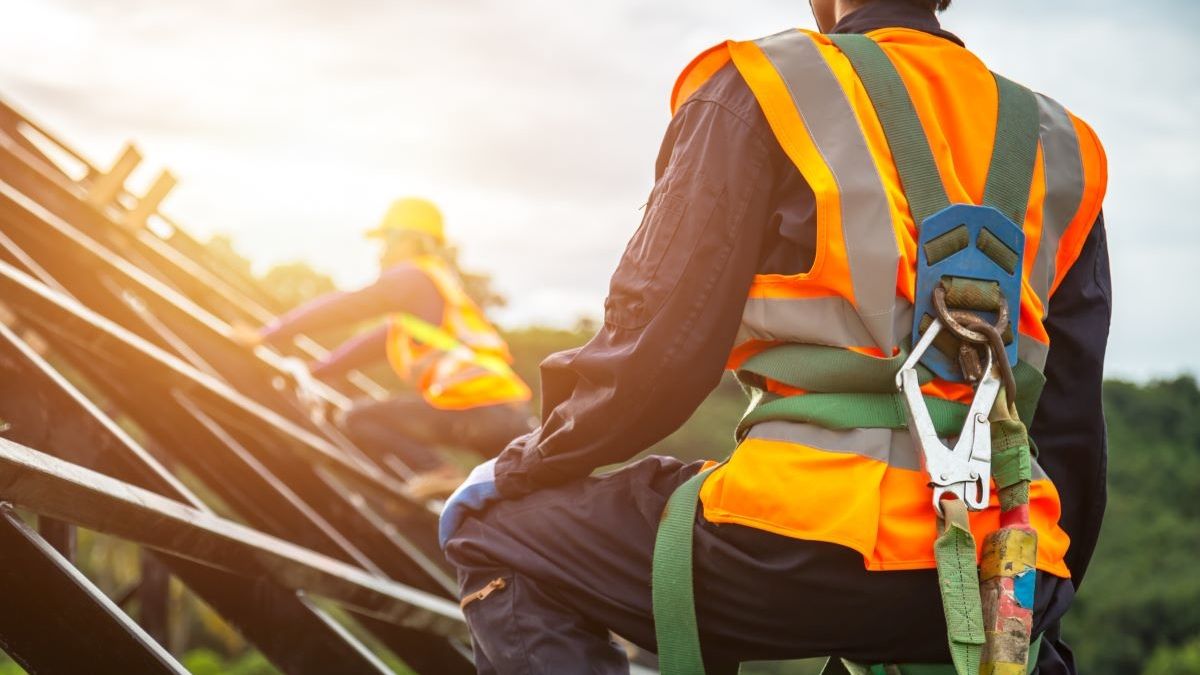
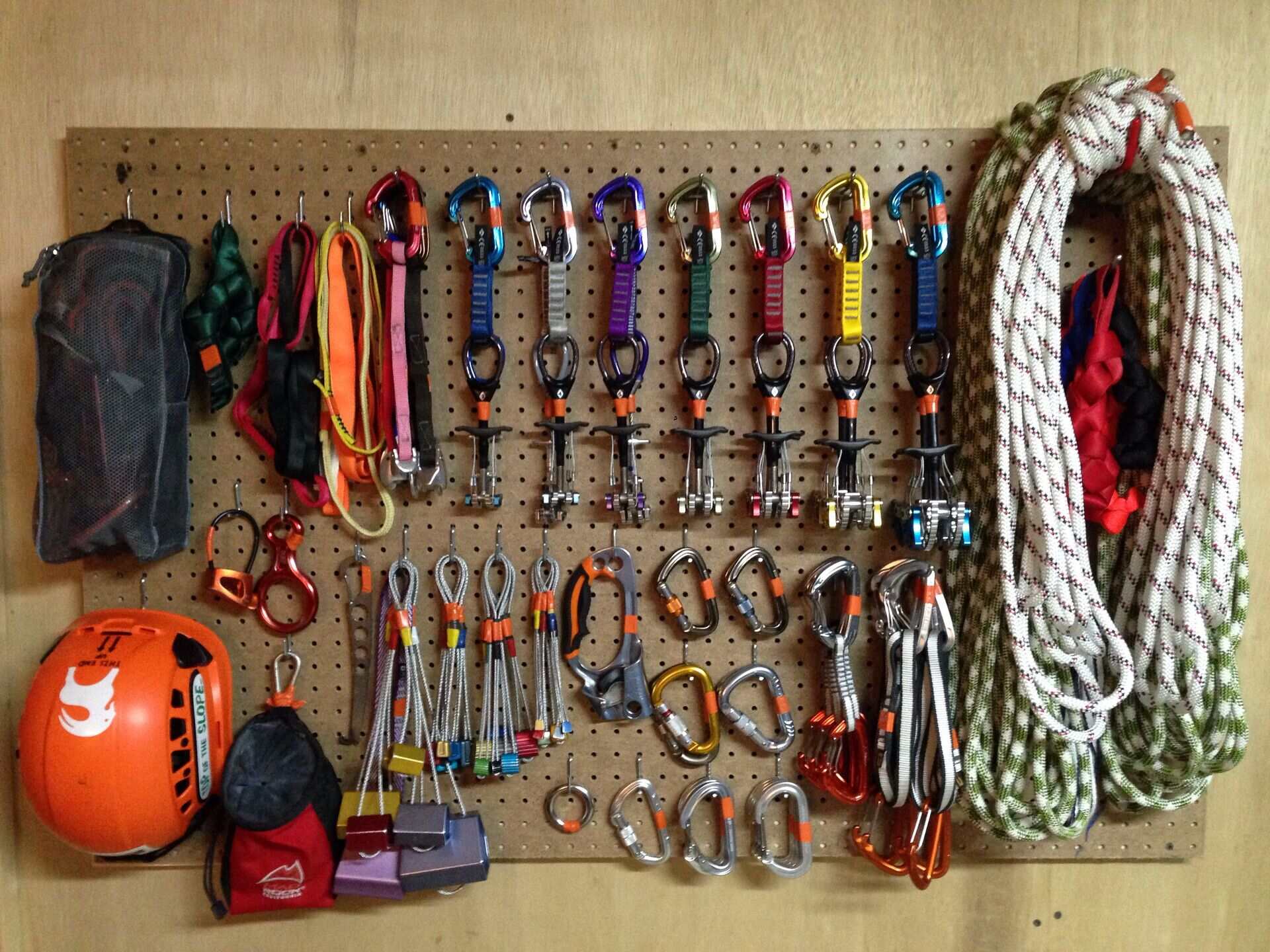
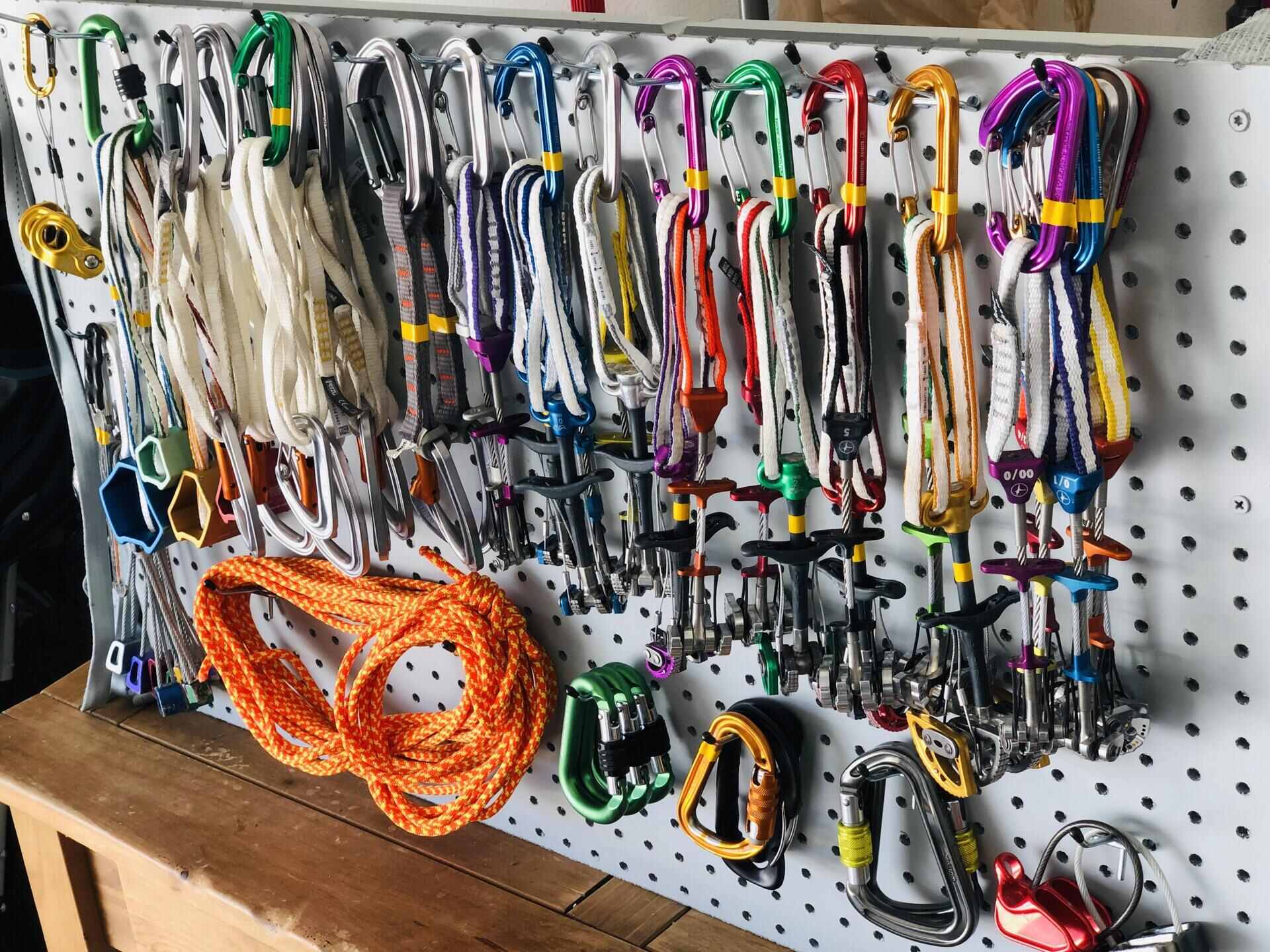

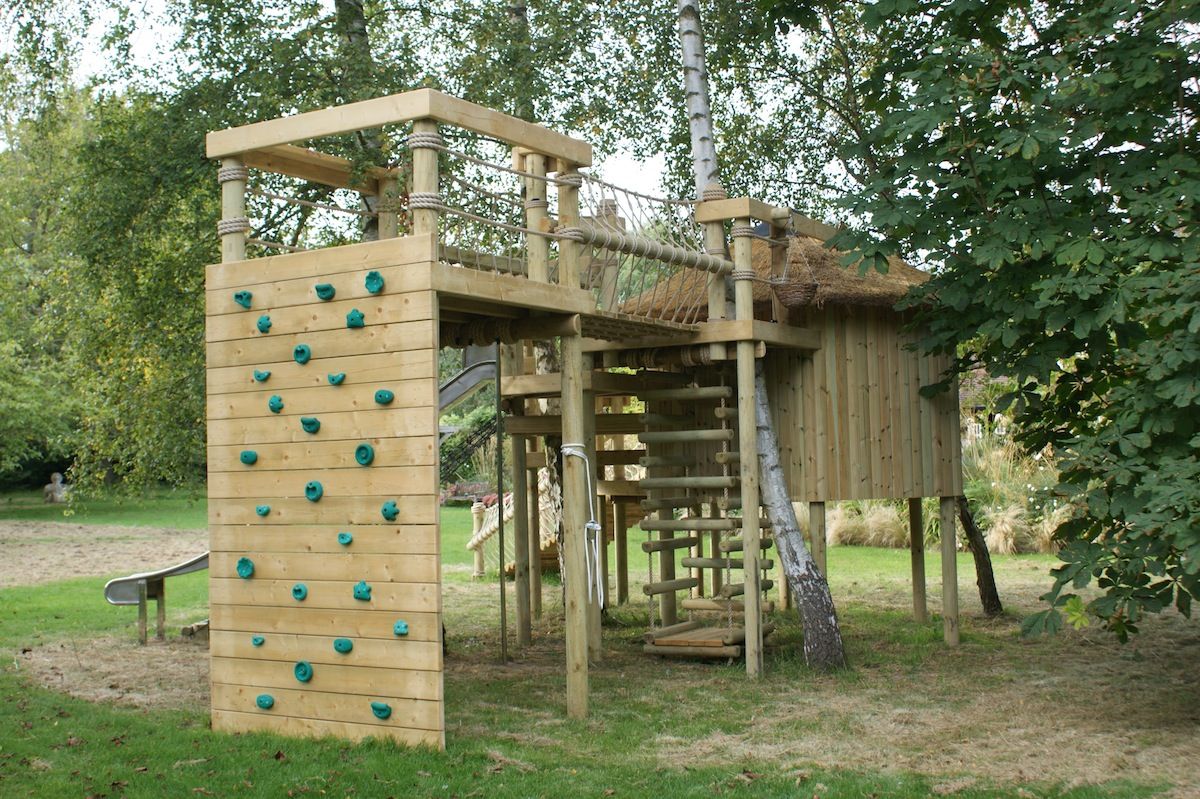
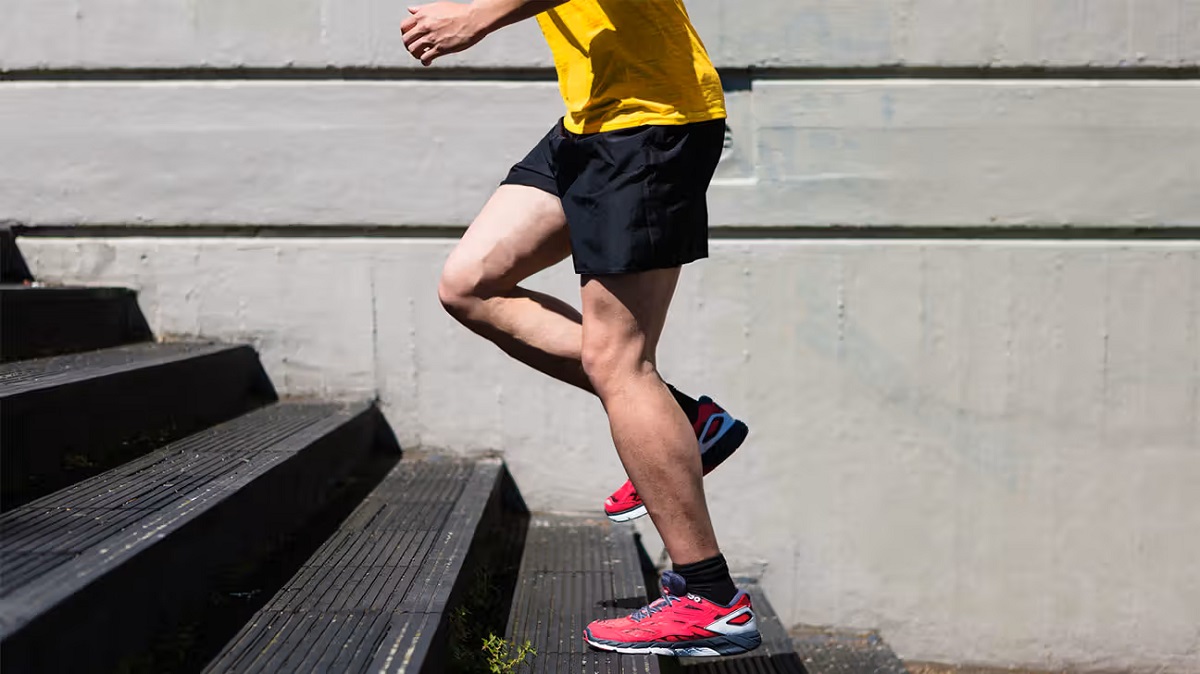


0 thoughts on “How To Climb A Ladder”